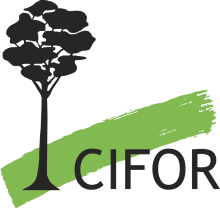Resource information
This proceedings contains a summary of national seminars on social forestry in Indonesia. It covers history of social forestry in Indonesia, principles of social forestry, and the different types of social forestry initiatives in Indonesia. There are similar problems faced in forestry sector such as forest boundaries, land tenure. Other problems in social forestry are: a) national forest policy (2) Decentralisation and space for social forestry; (3) Multistakeholder arrangements in social forestry; and (4) strengthening institutions and collective learning processes. Around 100 field experiences illustrating different levels of people's participation in forest management were discussed during small group sessions. Based on these experiences several lessons were drawn: 1. Social forestry has multiple objectives, among others to: (a) improve the well-being of communities; (b) realize democratisation in forest management; (c) sustain forest resources; (d) get "rights" over land; (e) minimise conflict; and (f) maintain authority over forest land. 2. Social forestry has multiple problems. These include: (a) low participation of communities in planning and management; (b) low transparency and consultation in decisionmaking processes; (c) limited human resources; (d) limited information exchange among stakeholders; (e) difficulties in operationalising government policies; (f) sub-optimal land utilisation; and (g) conflict. 3. Constraints in social forestry are: (a) low level of "trust" among stakeholders; (b) different perceptions on learning, motivation for learning and its utilisation; and (c) lack of adaptiveness. It was realized that in terms of substance all of the initiatives are similar. The Secretary General of the Ministry of Forestry is willing to discuss followup issues and is open for further discussion. There was agreement to follow up on inducing regulations that are supportive for social forestry, strengthening communication among stakeholders, a national festival on social forestry, dissemination of the results of this workshop to wider audiences, etc.



